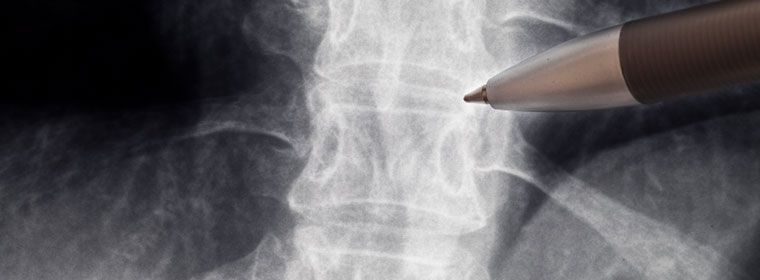Epidural Steriod Injections

What is epidural steroid injection?
Epidural steroid injection (ESI) is a procedure performed for the control of pain. It involves placement of a needle or catheter in a pre-determined location in or around the spinal canal through which medications including steroids are injected. The goal is for the steroids to reduce inflammation of nerves to relieve the pain.
Most commonly, fluoroscopic x-ray images are used to guide placement of the epidural steroid injection needle to the proper location in the epidural space, that space within the spinal canal but outside of the dural tube. The dura is a thick membrane within which are the spinal cord, the spinal nerves and the spinal fluid. The steroids should be injected outside the dura but within the spinal canal.
Epidural Steroid Injection and Medical Negligence
Medical negligence cases arise when the needle is improperly positioned and damages occur.
Medical negligence cases might involve an injury to the spinal cord where the injection needle goes through the dura and into the spinal cord. If the epidural steroid is injected into the spinal cord, there can be extensive damage to the spinal cord. This occurrence is almost always due to negligent positioning of the injection needle.
A procedure where contrast dye is injected into the epidural space is called an epidurogram. If this test has been omitted and proper needle placement has not been confirmed, the physician will have a hard time explaining why the spinal cord injury occurred.
Other types of injuries can involve injection of substances into arteries that go to the spinal cord and result in spinal cord strokes. Once again, proper needle placement is required to reduce the risk of this happening.
There are some epidural steroid injection techniques that involve techniques other than the use of fluoroscopy or x-ray. These techniques are risky in that the location of the needle is not visually confirmed.
Lawsuits involving improper injection techniques are commonly filed because the patient has developed an irreversible neurologic deficit.

